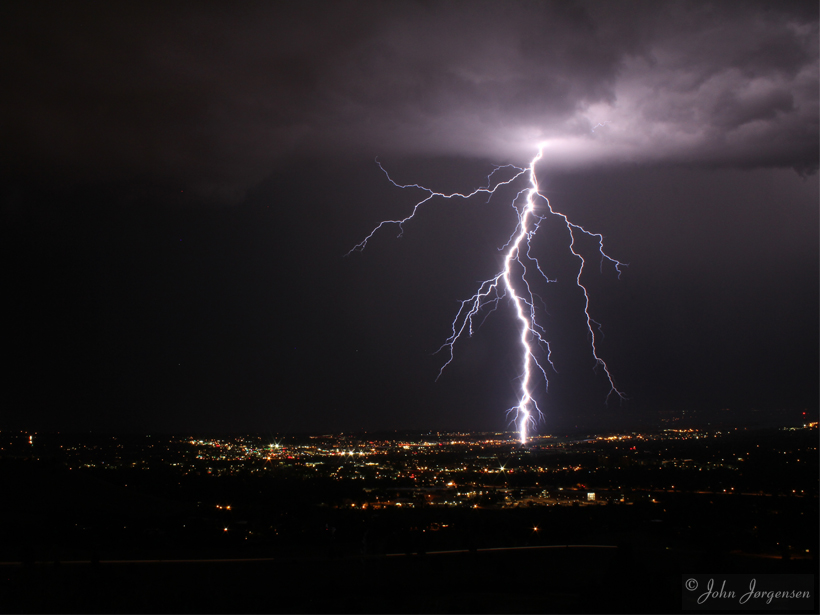New research shows that acoustic waves rippling through some large landslides can reduce friction and allow slides to run out long distances.
Kate Wheeling
Kate Wheeling is a freelance journalist based in Santa Barbara, Calif. She writes about the environment, climate change, energy, and our relationship with the natural world. She was previously a staff writer at Pacific Standard, covering both environmental and criminal justice. Her work has also appeared in Outside, The New Republic, Medium, and elsewhere. She has a master’s degree in science journalism and a bachelor’s in behavioral neuroscience.
The Role of Water in Earth's Tectonic Plumbing Systems
Tidal forces act on well water around the San Andreas Fault, giving researchers a new window into the hydrogeological structure of fault zones.
Considering Atmospheric Electricity in Climate Models
Researchers create a new model of the electric currents circulating throughout the atmosphere that will improve the accuracy of global climate models.
Drifting Floats Reveal Nitrate Patterns in Mediterranean Sea
Next-generation autonomous platforms allow scientists to understand physical mechanisms that control nitrate availability in the Mediterranean surface water.
Reimagining a Fatal Flood
Researchers use high-resolution simulations to reexamine the rainfall events that led to one of the most destructive floods in U.S. history.
Estimating Evaporation
A new framework provides scientists with a more precise understanding of potential evaporation from drying land surfaces.
At the Intersection of Ice and Water
Scientists observe ice dynamics in water-terminating glaciers around the world to better understand how the process of subaqueous melt drives ice loss.
Are Earthquakes Predictable?
Researchers have been searching for precursory warning signals for decades with little success.
Characterizing the Fault Beneath the Marmara Sea
Researchers mine seismic wave data to elucidate the stress relief system of the Main Marmara Fault beneath Turkey's inland sea.
Modeling Weather over Mountainous Terrain
Scientists use high-resolution models to study how the jagged terrain of the Earth's mountains influences precipitation.





